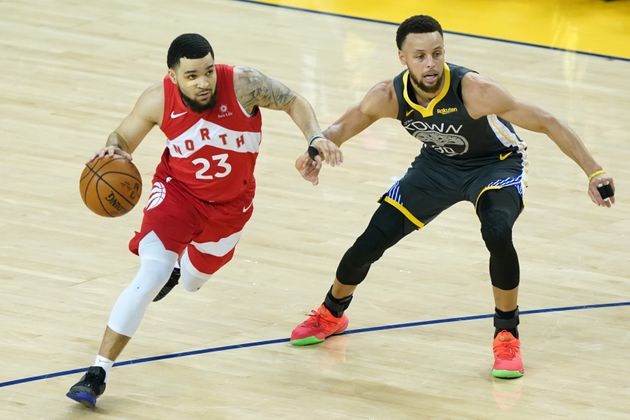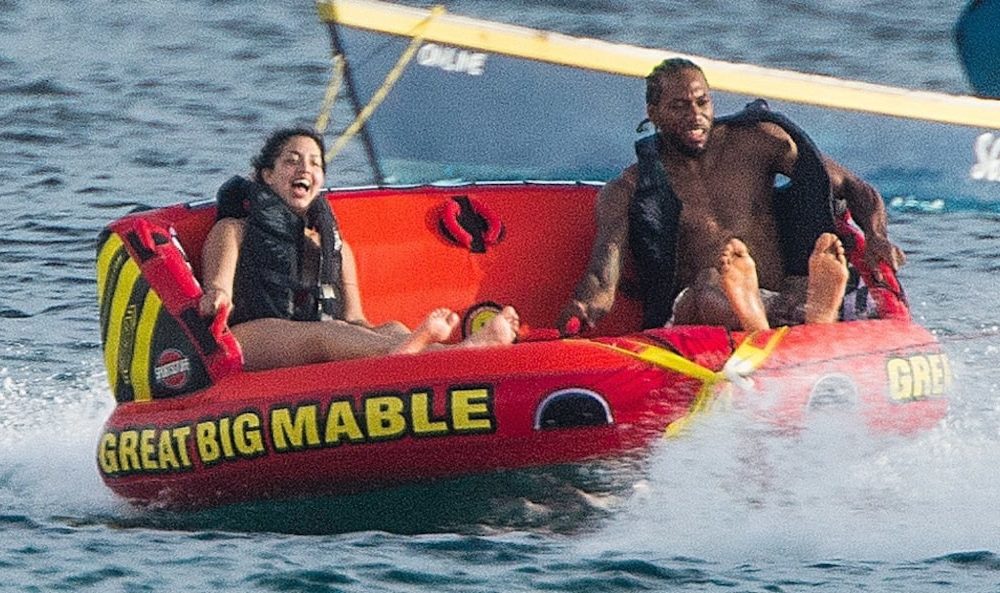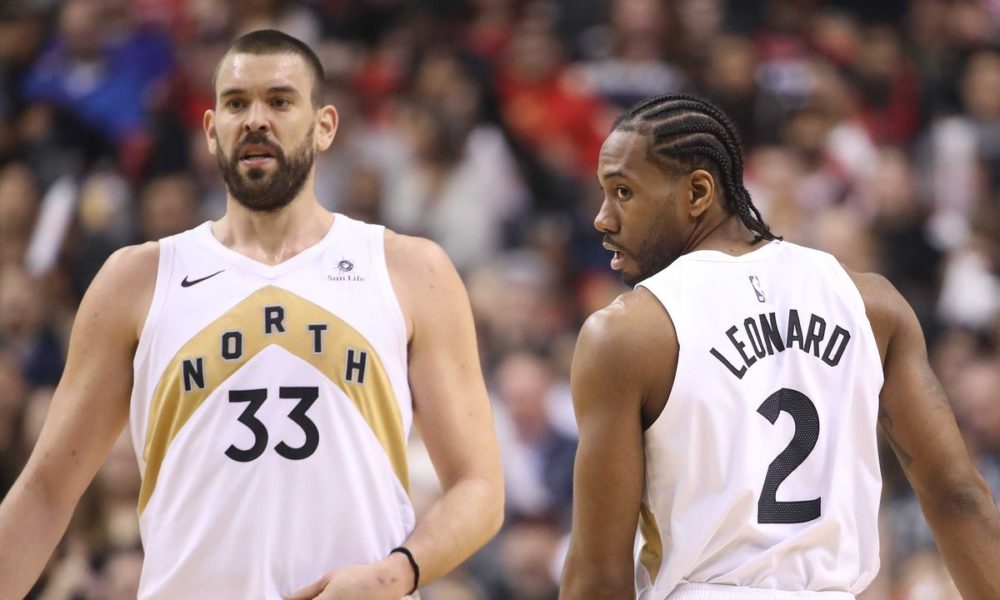I’m sure you’ve heard the story by now:
At the start of the 2019 NBA playoffs, Fred VanVleet was a shell of himself. Through the first 15 games, not only did he post a meager 4.0 points per game on a paltry 25.6% shooting from the field and 19.5% from beyond the arc, but his -7.0 net rating was easily the worst of any rotation player to that point. The calls for Jeremy Lin were growing louder by the day.
Then, following the birth of his child, Fred Jr., on May 20th, VanVleet combusted into a supernova. From that point onward, VanVleet averaged 14.7 points per game on 51.1% shooting from the field and 52.6% from long-range, leading the team in net rating and watermelon comparisons during that stretch.
However, perhaps VanVleet’s greatest contribution to the Raptors’ championship– and what likely earned him his lone Finals MVP vote— came in the form of his stifling defence on Stephen Curry. Per NBA.com’s tracking data, VanVleet defended Curry on a team-high 198 possessions, holding him to 33.3% from the field and 28% from three.
Three years, minus a few weeks, after betting on himself during the 2016 NBA draft, VanVleet was hoisting a Larry O’B that his team could not have won without him. Every doubt that the undersized guard had heard throughout his journey to that point, silenced.
Still, despite the storybook finish, the 2018-19 season as a whole was far from smooth-sailing for Rockford’s finest.
On the whole, VanVleet posted fairly similar per minute numbers across the board, but compared to last season, where VanVleet led the infamous ‘bench mob’ to unprecedented success, his second units were a much harder watch this year. Pascal Siakam moving to the starting lineup caused the pace to slow, creating fewer opportunities for VanVleet to thrive in transition. Delon Wright’s departure forced VanVleet into more on-ball creation duty than he was ready for. And VanVleet struggled to recreate the pick-and-roll chemistry he’d built with Jakob Poetl and Pascal Siakam the year prior with either of Jonas Valanciunas or Serge Ibaka. In fact, despite his impressive 8.2 net rating for the season, VanVleet was only really a positive when he shared the court with the starters.
So, what changed for VanVleet this year? Well, mainly, the increased role that Wright and Siakam’s departure from the second unit thrust upon VanVleet took him away from what he does best: spotting up. Compared to last season, VanVleet took slightly less catch-and-shoot threes, replacing them with pull-up threes that oft came out of necessity due to the bench’s lack of offensive flow. Additionally, since VanVleet was the primary ballhandler for a greater proportion of his minutes, of the catch-and-shoot threes he took, 10% less came from the corner– the easiest three in basketball. Furthermore, VanVleet’s heightened role in these clumsy bench lineups forced him into a much tougher shot selection as his long two attempts (between 16 feet and the 3-point line) quintupled (!) compared to last season. That confluence of factors, mixed with normal year to year variance, saw VanVleet’s efficiency drop to below league average, causing his ‘steady Freddy’ moniker to lose much of its luster.
Regardless, despite the constraints this oversized role put upon his game, VanVleet undoubtedly improved in numerous areas this season. Of note:
-Despite the increased degree of difficulty on his jumpers this season, VanVleet’s shot selection in the paint significantly improved. In addition to showing better restraint around the rim, the percentage of VanVleet’s shots coming from the analytically-exiled ‘floater range’ (between 3 and 10 feet) dropped from over 13% to below 1%, greatly increasing the efficiency of his in-between game.
-Per Synergy Sports, VanVleet’s isolation efficiency increased greatly as his 0.972 points per possession (PPP) this season placed him second on the team to only Kawhi Leonard. That 0.972 PPP put VanVleet in the 76th percentile relative to the rest of the league after his 0.782 PPP last season, on lesser volume, barely cracked league average.
-Per Synergy Sports, the number of possessions where VanVleet defended players using off-ball screens more than doubled. Although VanVleet’s efficiency on those play types dropped relative to last season due to the heavier workload, he noticeably improved in this area as the season progressed, preparing him for the ultimate challenge that awaited him in the finals.
So, all in all, it was an up and down, stagnant year for VanVleet –until it wasn’t. Sure, he didn’t finish in the running for the Sixth Man of the Year award again, but I’m pretty sure both Lou Williams and Jamal Crawford would happily trade one or all of their trophies for a Finals run akin to the one VanVleet just pulled off. If the organization can find a way to shift a greater proportion of VanVleet’s offensive responsibility back to off-ball, he’ll quickly recement his place as one of the league’s premier bench players. Besides, if there’s one player in the league to bet on to bounce back, its Fred VanVleet– we know he sure will be.



